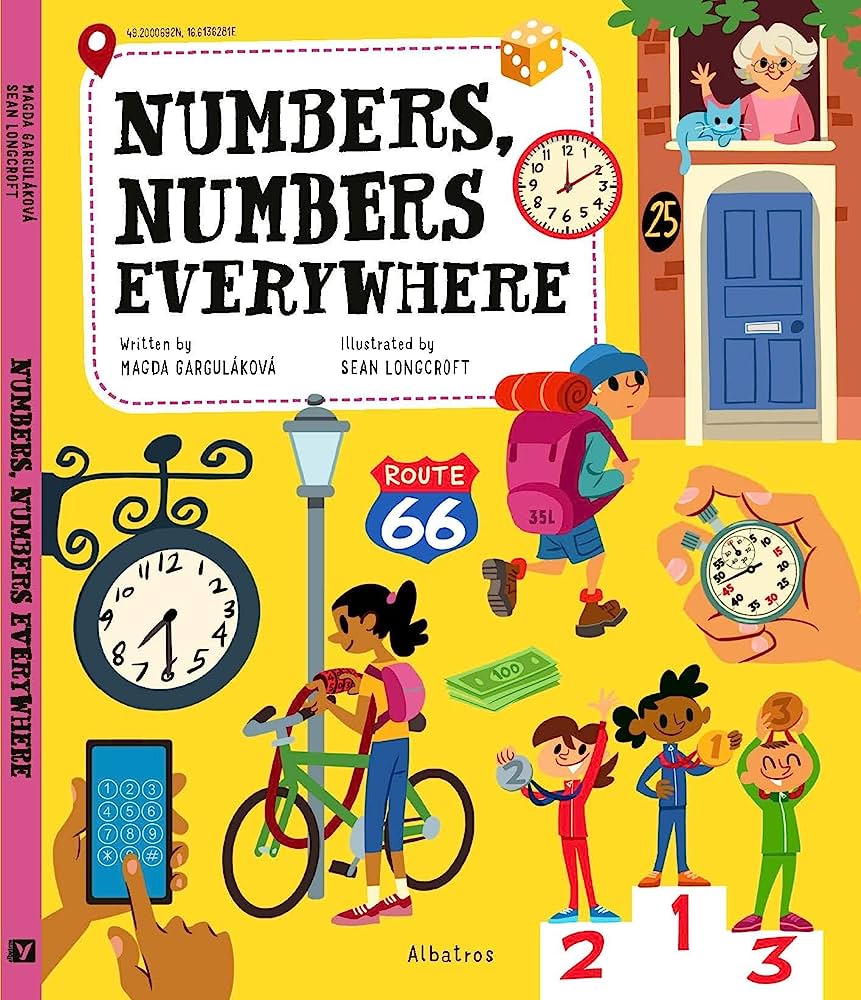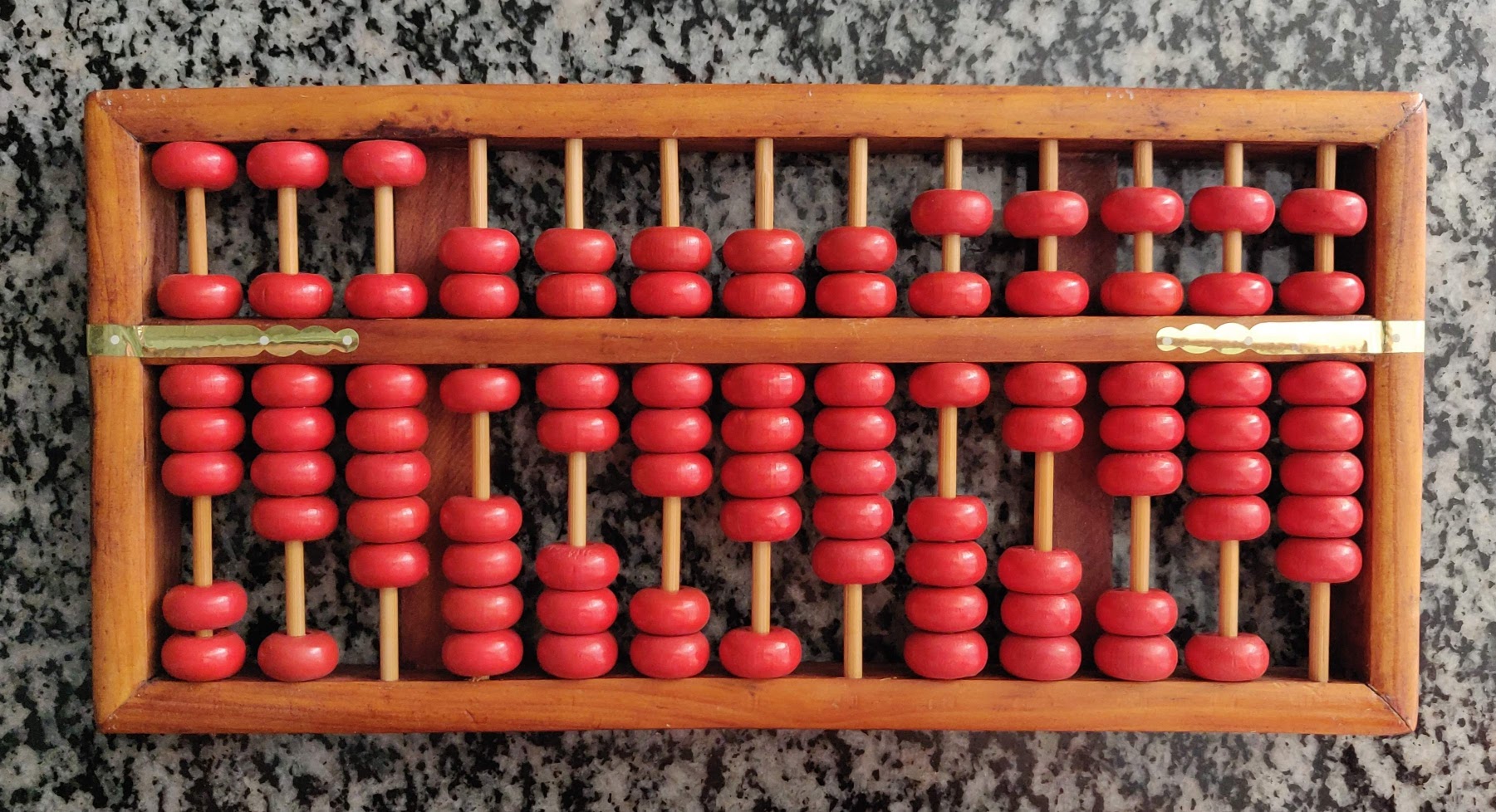
Like literacy, numeracy comprises a diverse set of skills and relies on the development of capacities to observe, reason, and follow models. Merriam-Webster offers a concise definition: numeracy is the ability to understand and work with numbers. Like alphabet books, counting books come in a wide range of styles and quality. Like the alphabet, however, merely naming the numbers and their symbols is just the very first step in capacity building. Discovering the capacity of numeracy to expand and build children’s lives, as well as their academic skill sets, gets a boost from picture books that go beyond counting one to ten to understanding numeracy’s significance.
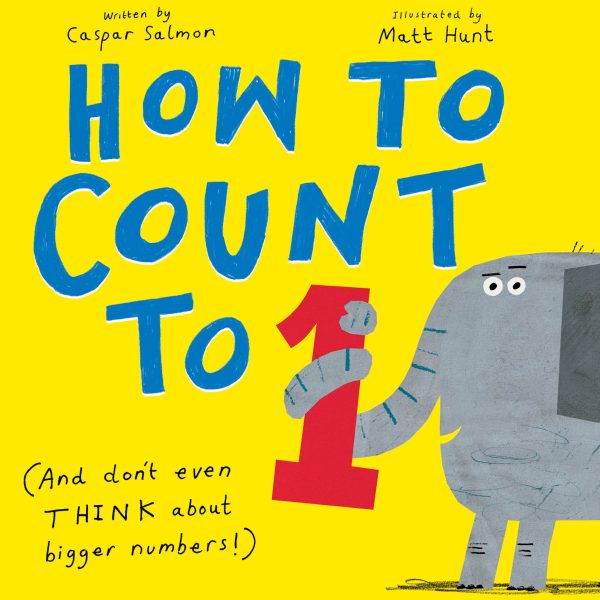
Brand new this season to the field of numeracy-enhancing picture books, How to Count to ONE (And Don’t Even THINK about Bigger Numbers!) written by Caspar Salmon and illustrated by Matt Hunt, published by Nosy Crow, provides an insistently cheeky narrative harmonized with visuals that defy the reader to avoid counting well beyond that first numeral. In fact, the interactive call of text and art together can get readers all the way to…100! (But maybe don’t tell the book that; it’s our secret).
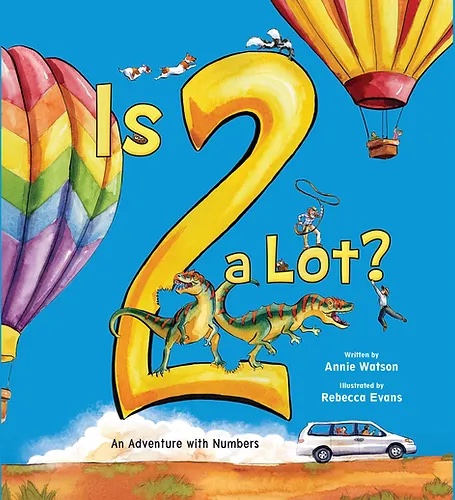
While numbers indicate amounts of a given measure, we use different kinds of measurements to account for different categories of entities. Is Two a Lot?, written by Annie Watson, illustrated by Rebecca Evans, and published a few years ago by Tilbury House, offers a delightful dive into what “a lot” means when applied to a wide array of very different things. Two is not a lot of pennies to see in a day, but two is a LOT of dinosaurs to spy during that same time period; This one (that’s right: ONE) was named a Mathical Honor Book in 2019. Here, the illustrations provide an increasingly hilarious view of the interior of the car as it fills with freckles, dinosaurs, knights, popcorn, and the variety of other “a lot” or “not a lot” entering the conversation between mother and child.
Kathryn Otoshi’s Zero (which continues to be available) is an elegantly simple, yet not simplistic, picture book guide to the role of zero in our base ten system and also to self-acceptance. Unlike the numerals 1 to 9, 0 at first doesn’t understand that she, too, counts. And then we arrive beyond nine at ten! And beyond 99 at 100! And so on. This picture book has found a home in some interesting curricular areas besides math and social awareness. Visit the Prindle Institute’s guide to using this one to open discussions of value in philosophy and other areas of thought-provoking engagement that make both literacy and numeracy personally meaningful even to the very young.

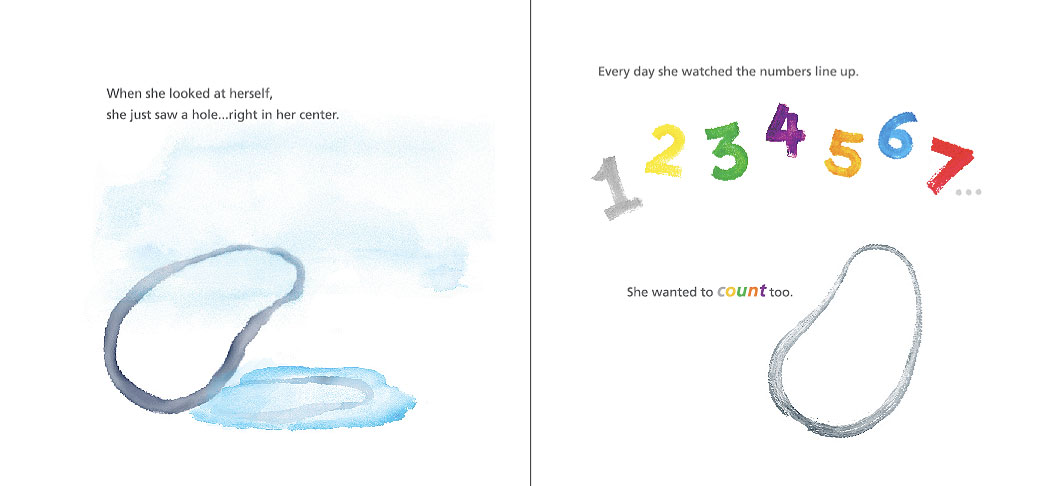
Beyond simple enumeration and comparative measuring exposure, new picture books lead young readers into arithmetic discoveries. The new English translation, by Angus Yuen-Killick, of David Cali’s Too Many Rabbits, illustrated by Emanuele Benetti and published by Red Comet Press, takes us into the hilarity that ensues when rabbits multiply, are subtracted from the household through give-aways, and then add to the number of rabbits that subsequently (and naturally) appear in their various new quarters.
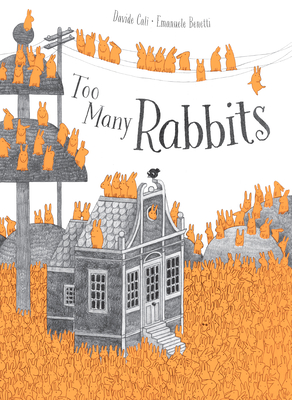
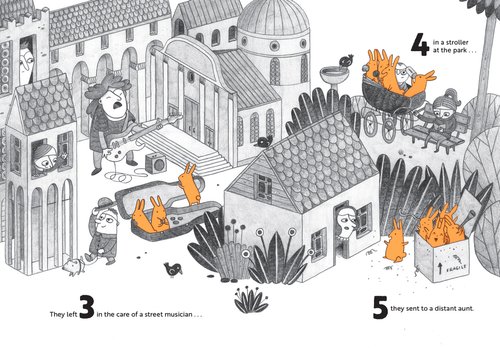
Informational picture books offer school-aged readers analytical insights where print presentations alone can be difficult to apprehend. Numbers, Numbers Everywhere, written by Magda Gargulakova and illustrated by Sean Longcroft, published by Albatros Media, offers a wide and rich range of how we use numbers daily. We identify ages, figure how long it will take us to arrive at a given destination, and so much more. Beyond these depictions, there is also discussion of alternatives to the numeral system we use, like Roman numerals, and real-life ways in which mathematical activities such as algebra evidence themselves as we go about our days outside the classroom.
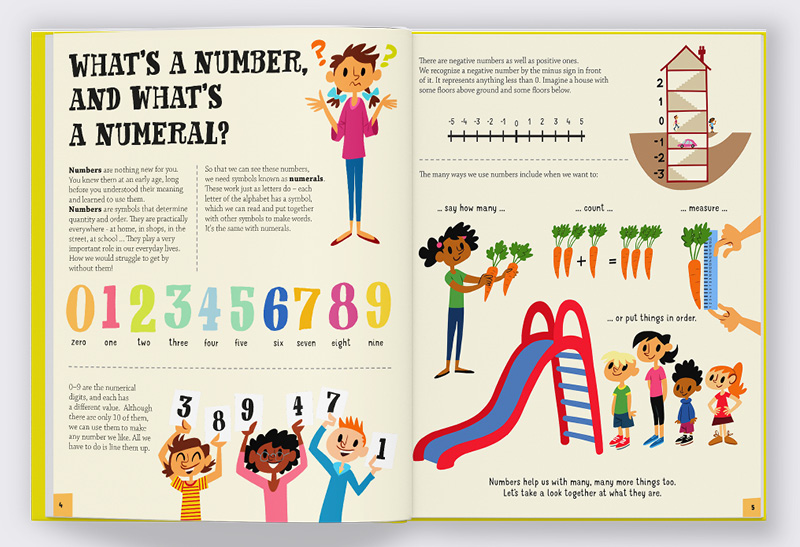
You can count on this little shelf of picture books both to educate little ones new to numeracy and older readers who need to find a way to make friends with mathematical properties and concepts.
